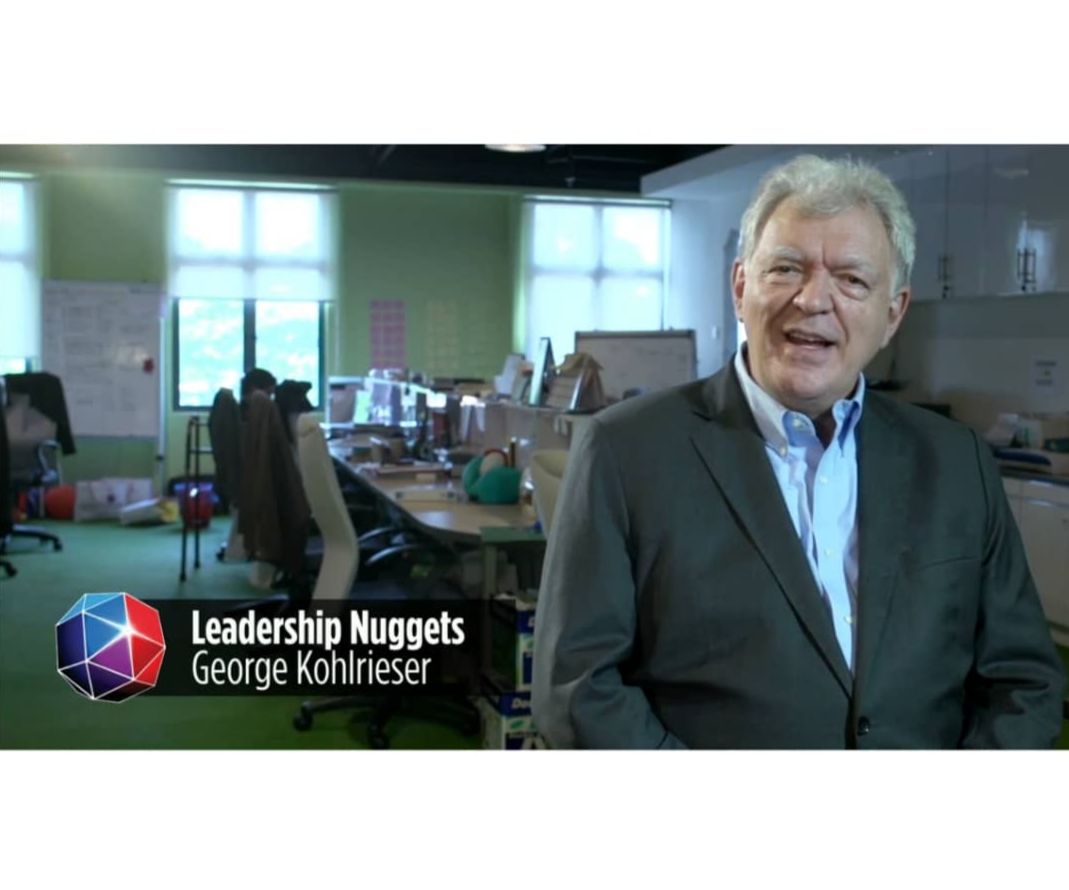Barry Ainsworth: Engineering Perfection
Oct 11, 2016 • 1 Min Read

Peter Cook was privileged to interview Barry Ainsworth, the man who engineered Bohemian Rhapsody for Queen, as well as records for people as diverse as Otis Redding, Dusty Springfield, The Kinks, Rush, Deep Purple, Toyah, Yes, Jack Bruce, Petula Clark, Rush and many more.
Some key takeaway lessons from the interview includes the aspect of managing creative talents, something that we could apply in talent management in organisations:
- Working in Liverpool’s Cavern, the birthplace of The Beatles. At the time Ainsworth was starting his career, Liverpool was at the heart of the music industry. Through sheer hardwork and perseverance, Ainsworth made it possible for many acts to achieve success.
- Working with Frank Sinatra. Undoubtedly, Sinatra was prone to severe mood swings and depression. Leaders must skilfully navigate difficult personal relationships to gain the best from such talent. Perhaps a good parallel example would be the challenging relationship between Steve Jobs and Steve Wozniak at Apple.
- Dealing with incendiary talents such as Deep Purple, Lemmy and Punk Rockers. Deep Purple, for example, were noted for dramatic bouts of conflict within the band. Ainsworth discusses his firm approach to dealing with difficult talents in the interview.
- Innovation in music recording and production leading up to the digital music age. To be the best in a given industry requires continuous innovation. Ainsworth is an example in terms of his approach to innovations that allowed people to mix multiple tracks using the first automated mixing desks. Technology leaders must make exceptional decisions about technology to ensure that the company stays ahead in the age of disruption.
- Working with Queen. This requires the capability of being able to flex your leadership style to cater to different personalities, i.e. the perfectionists, the shy expert contributors, people who require constant stroking of their ego, etc. This is directly transferable to what I call “Brain Based Enterprises” (discussed in Leading Innovation, Creativity and Enterprise book) where diversity and inclusion of all the talents are essential if the enterprise is to innovate. Compared with the agrarian age and the industrial era, much innovation is now about the careful curation of intelligence, insight and inspiration by leaders. As a result, leaders must be ever more able to get the best out of their different talents.
To learn how to deal with difficult clients by transforming conflict into cooperation via mind programming techniques, email us at training@leaderonomics.com.
Leadership
Peter leads Human Dynamics. He is passionate in the areas of science, business and music, and is the author of eight books, acclaimed by Tom Peters and Professor Charles Handy.





